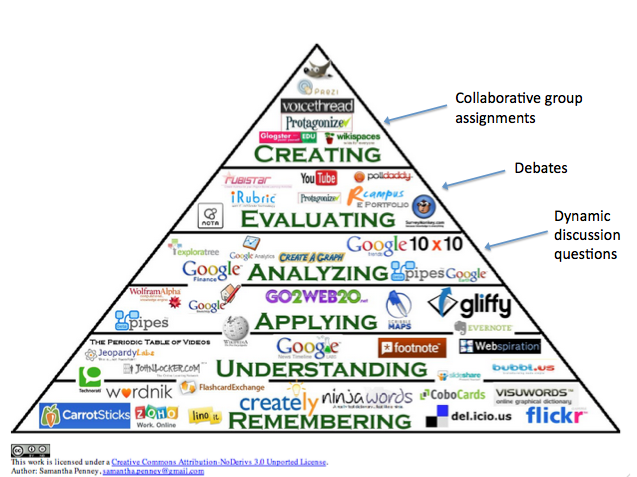It’s “back to school” time, and, in the UK, it’s a time when the way schools teach and test students is being debated to a great extent.
The “reverse classroom” or “flip teaching” is a new approach that is being promoted as a way to teach in this Web-savvy, “always on” age. According to Wikipedia, the reverse classroom is:
a form of blended learning which encompasses any use of Internet technology to leverage the learning in a classroom, so a teacher can spend more time interacting with students instead of lecturing.
Instead of lectures and then homework, the idea is that students self-study and then use the teacher to help them solve problems.
This is essentially the Help and Support model used in the software sector: the users self-study, using online Help, “For dummies” books, user manuals and screencasts. If they cannot solve the problem themselves, they then ask an expert to assist them in finding the answer.
What this means for Technical Authors is there is a lot of research and debate being carried out into establishing the best methods for people studying and helping themselves. Indeed, teachers are using technical communication tools such as Camtasia to deliver the learning materials.

It will be interesting to see if Technical Authors can apply any of ideas and techniques that emerge from the reverse classroom movement to give users better forms of User Assistance in the future.

This is very interesting and I’ll keep this in mind for how TechComm can use this along with our ‘traditional’ tools to help users.